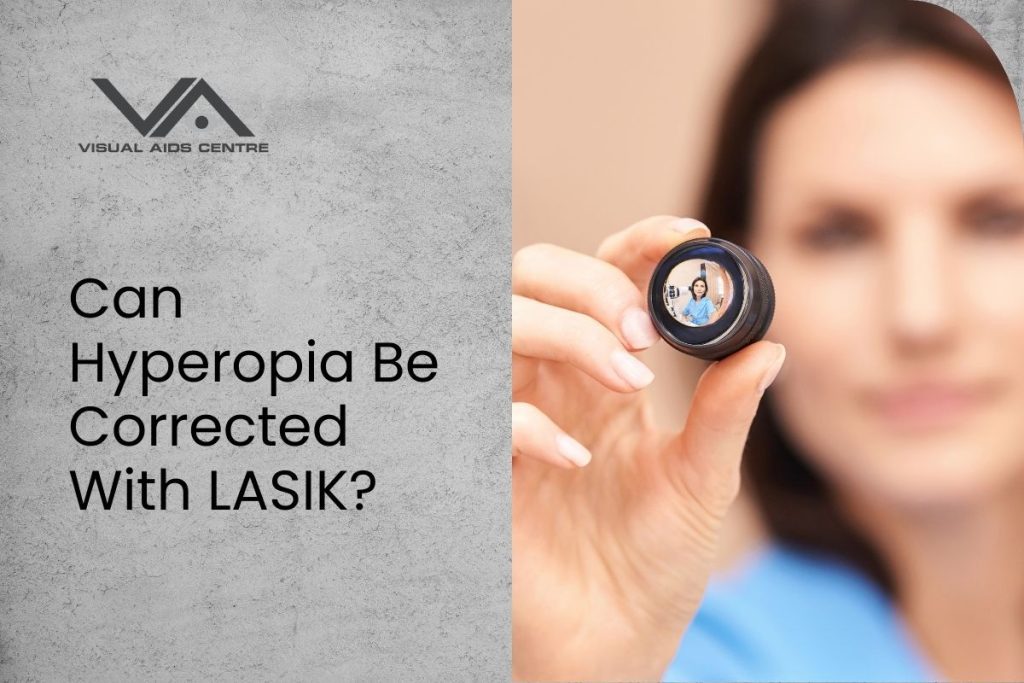Table of Contents
Toggle
LASIK surgery has transformed how we correct vision issues. It’s well-known for effectively treating myopia and astigmatism. But when it comes to hyperopia, or farsightedness, things are a bit different.
Hyperopia occurs when the eye is not ideally shaped, making it harder to focus on nearby objects. Many people wonder—can LASIK help correct this condition?
Understanding whether LASIK works for hyperopia is essential for those considering vision correction surgery. Let’s explore whether LASIK is a suitable option for treating farsightedness.
Understanding Hyperopia and Its Impact on Vision
Hyperopia makes close-up vision difficult but typically allows for clearer distance vision. It happens when the eyeball is too short or the cornea is too flat, preventing light from focusing properly on the retina.
The severity of symptoms can vary. Some people might barely notice it, while others may struggle with reading, screen use, or everyday tasks.
Causes of Hyperopia
Hyperopia often results from a combination of genetic and environmental factors. If your family has a history of farsightedness, your chances of developing it may be higher. Other causes include certain medical conditions or eye injuries.
The main issue lies in the eye’s shape—when the cornea isn’t curved enough or the eyeball is too short, light focuses behind the retina instead of directly on it.
Can LASIK Correct Hyperopia?
Yes, LASIK can be an effective solution for hyperopia. The procedure reshapes the cornea to help focus light more directly onto the retina, improving near vision and reducing dependence on glasses or contact lenses.
How LASIK Works for Hyperopia
LASIK reshapes the cornea to make its center steeper, allowing light to focus more accurately on the retina. A precise laser is used to achieve this, tailoring the correction to the patient’s specific vision needs.
Many patients report significant improvements in their vision after LASIK, especially in daily tasks like reading or working on a computer.
The LASIK Procedure for Hyperopia
LASIK is a quick and generally painless surgery. It involves creating a thin flap in the cornea, which is lifted so a laser can reshape the underlying tissue. Afterward, the flap is repositioned, and the eye begins to heal naturally.
The excimer laser used in LASIK removes microscopic amounts of tissue to ensure precision. This makes the treatment safe and highly personalized.
Key Steps in the LASIK Process
-
Flap Creation – A small flap is made in the cornea.
-
Laser Reshaping – The excimer laser reshapes the cornea.
-
Flap Replacement – The flap is set back in place, healing without stitches.
The entire procedure is designed to be fast and comfortable, with most patients noticing clearer vision soon after surgery.
Determining Your Eligibility for LASIK
Before undergoing LASIK, you’ll need a thorough consultation with an eye care professional. This evaluation checks if you’re a good candidate for the procedure.
Key Factors That Affect LASIK Eligibility
-
Age – Typically between 18 and 60 years old
-
Stable Vision – No recent significant changes in prescription
-
Corneal Thickness – A sufficient amount is needed for reshaping
-
Overall Eye Health – Free from conditions like glaucoma or severe dry eyes
The Importance of a Comprehensive Consultation
A full eye exam will help determine if LASIK is the right option for your hyperopia. It’s also a chance to discuss your expectations and understand the risks and benefits.
If you’re a suitable candidate, your surgeon will walk you through the procedure and recovery process to ensure you’re fully prepared.
Making an Informed Decision
Treating hyperopia with LASIK can greatly improve quality of life. While LASIK is a promising option, whether it’s right for you depends on a professional evaluation.
Talk to your local eye care provider about LASIK and whether it could be the right solution for your farsightedness. A detailed consultation is the first step in making a confident, informed choice for your vision health.













